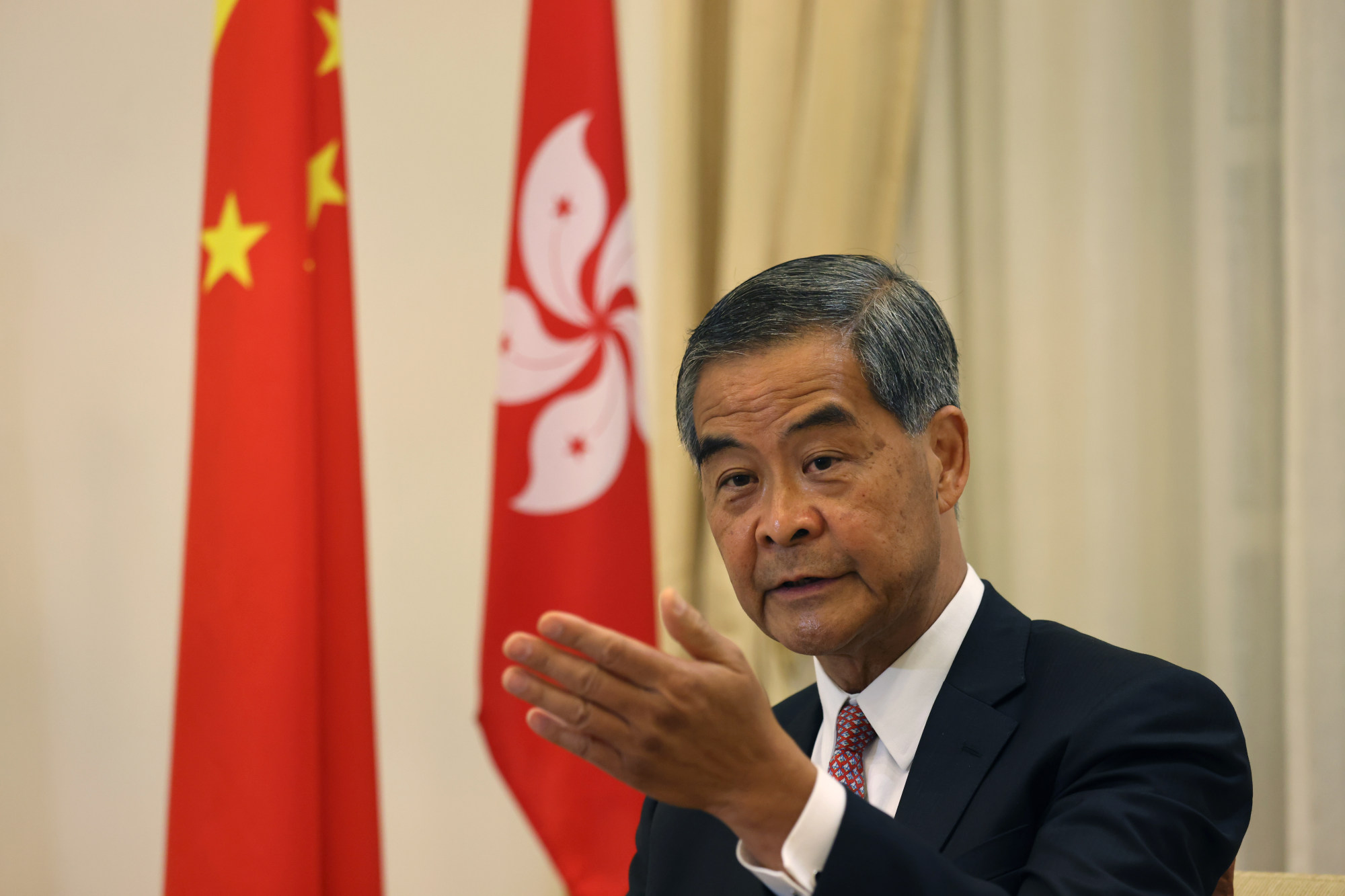
Explainer | What is the MPF offsetting mechanism and why are workers happy the Hong Kong government is set to scrap it?
- For decades, companies have been using workers’ retirement funds to cover severance and long-service payments
- But the government is finally set to axe the mechanism, which means more money going to employees, while bosses will initially be supported by subsidies
A long-overdue labour bill aimed at doing away with a controversial loophole that allows employers to raid workers’ pensions to cover their severance and long-service payments will go through a second and third reading at Hong Kong’s Legislative Council on Thursday.
Here, the Post examines what the new law will entail.

1. What prompted the government to act?
The offsetting mechanism has been part of the MPF scheme since it was introduced in December 2000. The scheme covers more than 2.6 million employees and 232,000 self-employed people with assets worth HK$1.12 trillion (US$143 billion) as at the end of March.
Under the scheme, employers and employees each contribute 5 per cent of the individual’s salary up to a combined maximum of HK$3,000 a month.
The controversial offsetting mechanism has drawn criticism that it is tantamount to robbing employees of their hard-earned money as it has allowed employers to take cash from workers’ pensions to offset their long-service and severance payments.
Last year, over HK$6.6 billion was offset in the employees’ pension funds, up 16.6 per cent from HK$5.7 billion in 2020.
In 2017 in his last year in office, former chief executive Leung Chun-ying attempted to push forward a proposal to abolish the mechanism, but to no avail due to strong resistance from the business sector.
In her policy address in 2021, Chief Executive Carrie Lam Cheng Yuet-ngor announced her administration would submit a bill to abolish the mechanism this year.
The government hopes to implement the measure from 2025, and has committed HK$33.2 billion over 25 years for the subsidies to help employers cover the payments.
Lam urges lawmakers to pass overdue bill to scrap MPF offsetting mechanism
2. What is the proposed arrangement for scrapping the mechanism?
After the passage of the law, the offsetting arrangement will be abolished starting from a date to be appointed, known as the transition date. After that employers can no longer deduct severance or long service payments from their portion of MPF contributions.
The abolition of the offsetting arrangement has no retrospective effect. If an employee’s employment commenced before the transition date but was laid off after that, the employer can claw back their contributions to workers’ pension funds to cover their severance payments based on the years of employment before the date.
Authorities said such an arrangement would help reduce the risk of large-scale dismissals before the transition date.
The calculation of the severance or long-service payments will remain unchanged at two-thirds of the last monthly wages, subject to a maximum of HK$22,500, for each year of service, capped at HK$390,000.
Lam convinced Leung to shelve plan to scrap MPF ‘offsetting’ mechanism: source
3. What will be the implications for the city’s SMEs if the mechanism is abolished?
The government would introduce a 25-year subsidy scheme totalling HK$33.2 billion for employers to adapt to the new arrangement.
As long as the total amount of such payments owed to all dismissed workers in a single year does not exceed HK$500,000, the employer would only be liable to pay them HK$3,000 each in the first three years of the new scheme, with the government footing the bill for the rest. After the first three years, the caps on payments will gradually rise over the next six, while the subsidies will be progressively reduced over the next 22.
Labour minister Law Chi-kwong claimed close to 90 per cent of Hong Kong’s 340,000 small and medium-sized enterprises (SMEs) stand to benefit from the government subsidies, calling the cap “low enough to ensure the employer will be able to pay out of pocket”.
“Close to 90 per cent of SMEs will benefit from a higher subsidy within the HK$500,000 threshold,” he previously said.
MPF faces ‘extreme volatility’, members lose HK$16,600 each in first quarter
4. Will the city’s employees have more retirement protection?
After the offsetting mechanism is scrapped, employees will see their pension funds accrued after the transition date being protected by the new law even if they are sacked or laid off by their employer. There have been instances of workers having their pensions deducted many times under the offsetting mechanism with little left for their retirement. But the offsetting mechanism could still apply to their pre-transition portions.
5. Is there further room for improving the new MPF arrangement?
Liberal Party lawmaker Peter Shiu Ka-fai, representing the retail sector, said the upper ceiling of HK$390,000 for the severance and long-service payments should be reduced to ease the financial burden on employers.
He also called for scrapping the long-service payment, arguing that it was overlapping with the existing MPF scheme.
“With the scrapping of the offsetting mechanism, employees have enough retirement protection and there is no need to retain the long-service payment which may aggravate the employment-labour relations,” he said.
“Doing away with the offsetting mechanism will inevitably increase businesses’ operating expenses. Actually this is not the right time for rolling out a new system as employers are all struggling to survive during the pandemic. The long-service payment should be scrapped.”

